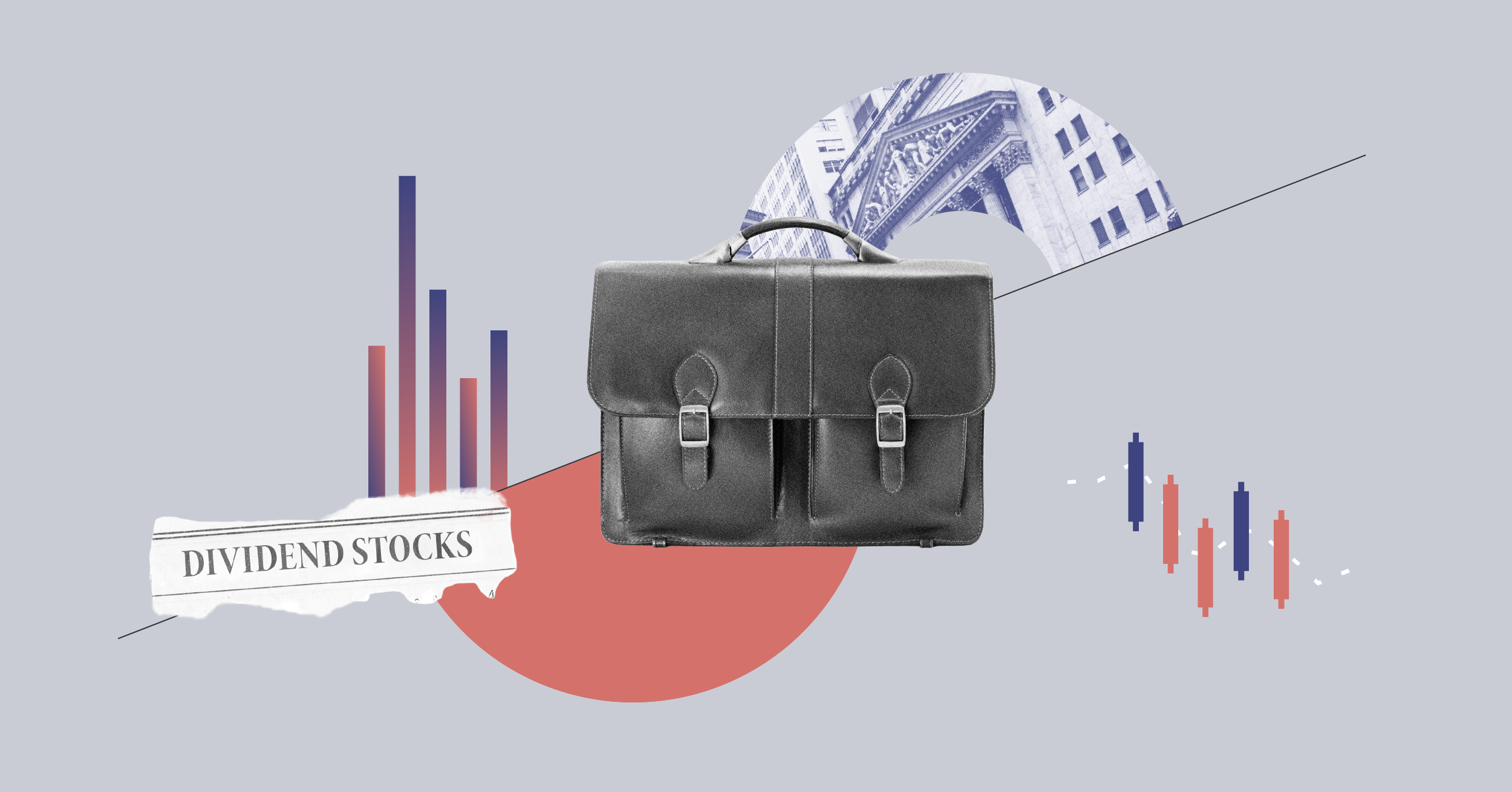Kathryn Young: Hi, I'm Kathryn Young with Morningstar. I'm here with Nick Johnson. Nick is manager of PIMCO CommoditiesPlus. [Note: The PIMCO CommoditiesPlus Strategy fund, which is available for sale in the U.K., was launched in 2007 and is managed by Saumil Parikh.]
Nick, thanks so much for being here.
Nicholas Johnson: Thank you, Kathryn.
Young: So, we all know that PIMCO is a very big player in the commodity space. I think a lot of people are familiar with PIMCO Commodity Real Return Strategy, which is the biggest open-end mutual fund in that space, but you launched PIMCO CommoditiesPlus last year. Can you tell us, why the new fund?
Johnson: So, we launched the new fund to give investors more choices. One, the Commodity Plus fund does not use TIPS as collateral. It uses an enhanced cash, short duration type of benchmark. So, it's going to track the index more closely because it doesn't have TIPS in it. So, it gives investors a choice of collateral.
And it also has a different benchmark. It uses the Credit Suisse commodity benchmark, which is a little more energy-heavy than the Dow Jones-UBS. So if people want a little more energy exposure, the new fund could be appropriate.
Young: Okay. I think some people are weary of more energy exposure, higher energy exposure. They think maybe they already have a lot of energy exposure within their portfolio. There are other indexes available that have lower energy exposure. Can you tell us why you're comfortable with the energy exposure in the Credit Suisse benchmark?
Johnson: Yes, so the Credit Suisse benchmark is roughly 50% energy weight, and that's kind of halfway between the Dow Jones-UBS and the GSCI energy weighting. We think it's appropriate for investors because energy is the biggest driver of volatility of inflation that investors' experience, and therefore having a little bit of a higher energy weighting can help to hedge some of those inflationary surprises, if you get an energy price shock.
Young: Okay. Do you think there is anything to the argument that you already have that through your equities?
Johnson: We found that energy equities actually have a higher correlation to the equity market as a whole rather than to the price of oil. So, energy-related equities actually provide less of an energy hedge than investors probably might think they do.
Young: Okay, that makes sense. I was hoping you could tell us, obviously, you're an active manager and so you're a proponent of active management in the commodity space, but I was hoping you could prove it to us a little bit by telling us what exactly it is that you do to add value over a passively managed option?
Johnson: So, we do the standard things that people are probably familiar with. Changing the dates we roll or the contracts that we hold and holding some of our exposure further out the curve, all the standard things.
But then we also do others things like substituting similar commodities. So an example is, Chicago wheat might be one type of wheat that's in the index, but there are a lot of other types of wheat that trade globally, like Kansas Wheat and Minneapolis. So, we look at the fundamental drivers and the price difference between those two types of wheat and then we might replace some of the Chicago Wheat with Kansas Wheat or Brent versus WTI. A lot of investors are aware that you've had a big disconnect, and that's something that we try to look out, anticipate those types of moves, and take advantage of them for the fund.
Young: I think another thing that investors are really concerned about in terms of their commodity fund exposure is there's lots of regulations swirling around. I think the IRS has said some things recently about maybe not issuing rulings to funds so that they can obtain commodity exposure, and also the CFTC has finally decided upon some position limits for commodity traders. So, I was wondering if you could talk about how those things impact commodity investors or mutual fund investors, and maybe how they affect the market as a whole.
Johnson: So, I think that the big thing for investors to consider is to know what funds they hold and to know how they get their commodity exposure. And for some funds that only have one way of getting commodity exposures--so if they only can do it through futures--and if the funds are already very large and they only have that one way, they could be impacted and possibly have an inability to grow their size or there could be other issues. That's something that we look at very closely, and we can hold futures and swaps. So, because of the variety of instruments we hold, we feel like it won't affect our funds, but every fund is different, and so investors should look at how the individual funds that they hold are managed and how they get that exposure to make sure that their fund will be able to keep delivering returns consistent with their expectations.
Young: So, it sounds like the position limits are focused on futures?
Johnson: That's correct.
Young: So, what kind of instrument does your fund use?
Johnson: So, our fund, we have the ability to hold futures contracts, but we also have the ability to get exposure through swap contracts directly tied to a particular index, like the Credit Suisse benchmark or the Dow Jones-UBS, and those currently aren't affected by the CFTC's position limits.
Young: So, it sounds like maybe these position limits might not have that big of an impact on the market overall, if there are ways that financial investors can achieve this exposure and get around the limits. Is that the case you think?
Johnson: We think that the CFTC limits will--they will do a good job of making sure that no person has too big of an impact on the marketplace, and we think that they will do a good job of that, but we don't think that ... there might be isolated circumstances where they have an impact. But overall we'll have to wait and see what the impact is. It's still a little over a year away, and I guess there certainly could be some impacts, but at this point in time we don't think it will be too large.
Young: Okay, great. Well, Nick, thanks so much for being here. We really appreciate it.
Johnson: All right, thank you.
Young: Thanks for watching.
























